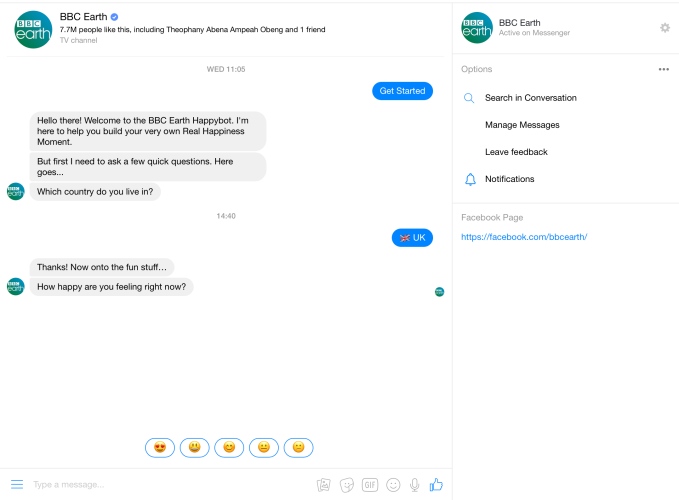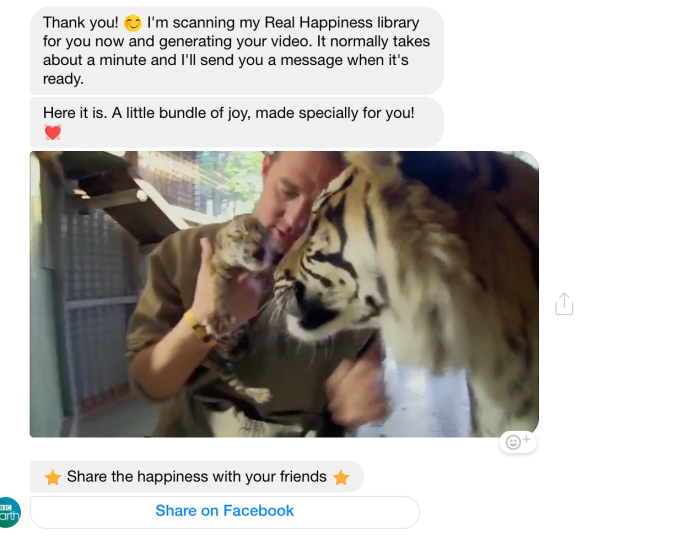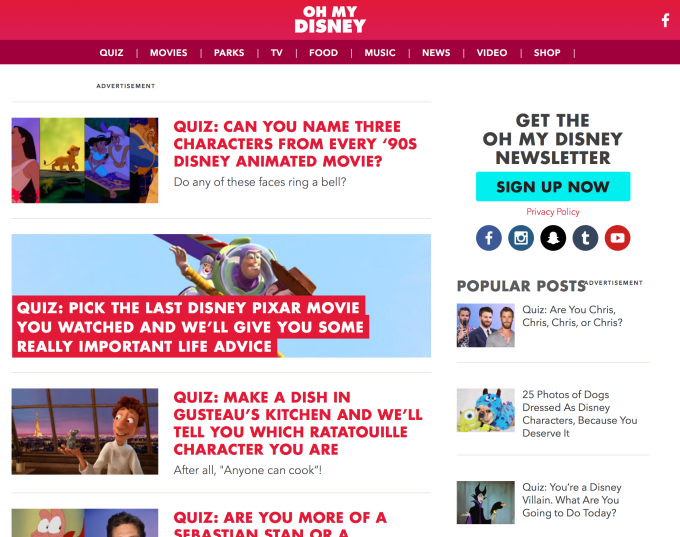Among the many acronyms that we find swirling around in the world of digital communications, or just technology in general, one seems to create more intrigue and perhaps a little trepidation than any other.
AI, or Artificial Intelligence, is a hot button topic among the biggest minds in the technology industry currently. Beyond the concern of an AI apocalypse or some sort of dystopia in which computers take us humans as their pets, AI is at the bleeding edge of the tech industry, with pretty much every major tech firm at least discussing their future plans for AI products or services. Driverless vehicles are a notable example, with Google and its spun-off Waymo business, or Apple and it’s so-called ‘Project Titan‘ in which the company is rumoured to be developing the software required to make a vehicle driverless.
But while that’s all in the future, AI is all around us. Right now. The virtual assistants we find on our smartphones, such as Siri and Google Now, are all powered by AI and years of research into machine learning and neural networks, to provide us with a natural and almost infinitely custom way to ask “what’s the weather like?”. But it’s not just that. Search engines are powered by AI, with an array of complex decisions being made each time someone makes a Google search.
One of the latest implementations of AI is the use of chat bots. Chat bots present an array of opportunities for companies in all sectors, but are potentially most powerful for the entertainment industry. All brands, and especially entertainment brands, are constantly vying for engagement on social media with personalised and playful content. Chat bots can provide this content instantly and on-demand.
Bots, such as those offered by Facebook, allow users to engage in conversation via AI. There are limitations of course, but brands can implement the bots to allow customers to ask questions, play a game, or receive personalised content.
The BBC, to coincide with the release of its Planet Earth II series, has created a Facebook Messenger bot designed to deliver “Real Happy Moments“. The bot asks users a series of questions to form a “Happiness Profile”. With this, it then generates a video montage formed from clips out of the BBC’s natural history archive.

The bot asks a series of questions, sometimes using emojis, to decide what to include in your own personalised montage.
Users are then able to share their personalised video with others on Facebook.

This simple implementation is a perfect example of AI utilised to create personal, and highly sharable content. The investment of time and resources into the creation of the bot, could be minimal relative to the reach that can be achieved by such an inventive application of artificial intelligence.








